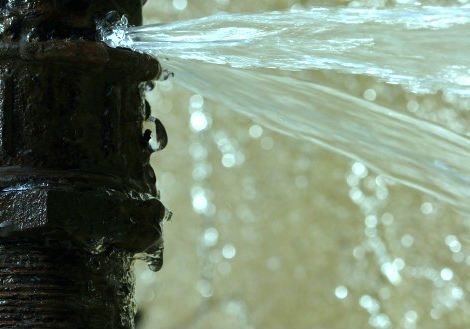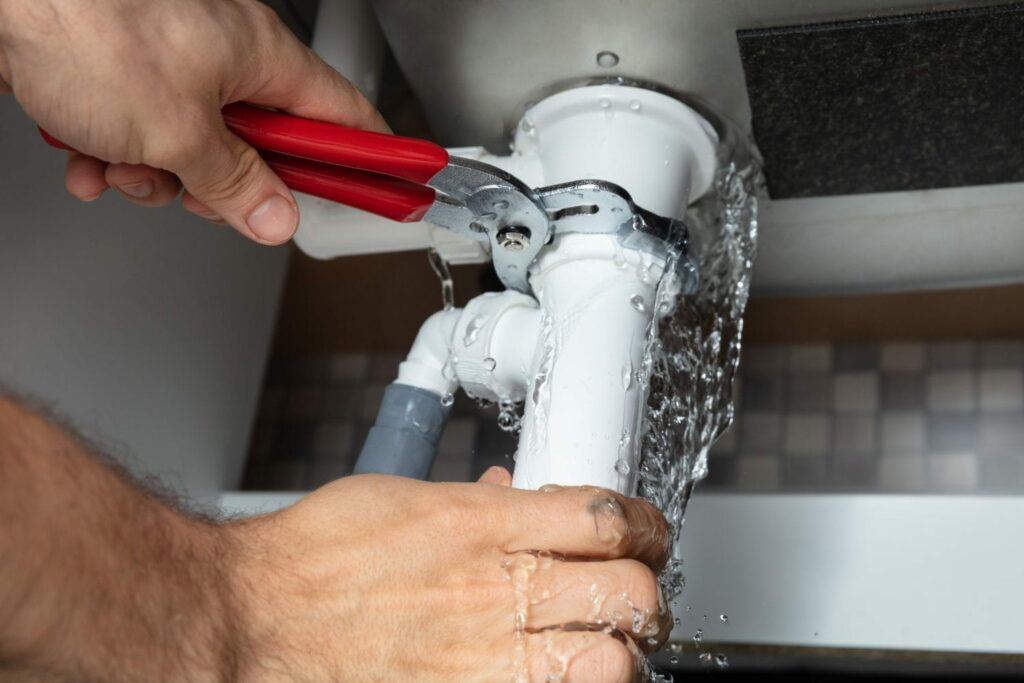Stop the Flood: Techniques for Spotting and also Repairing Burst Pipes
Stop the Flood: Techniques for Spotting and also Repairing Burst Pipes
Blog Article
Every person has their personal thinking on the subject of What to Know Before Installing a Dishwasher.

A burst pipe is a major emergency; you can only stand as you view water you pay dearly to reunite with the earth. In worse cases, you notice a swimming pool on your cooking area flooring, which is a wonderful journey threat, specifically if you have youngsters around. If the pipeline that burst was in your walls, bad news: you may require to repaint that entire section.
Exactly how can a disaster like a burst pipe be avoided and managed? Well, by listening to your professional emergency plumbings and following these rules.
Just how do I recognize when my pipelines have ruptured?
Changing water stress
Pipelines do not just burst in a day. You may have discovered that your kitchen tap or shower does not run quickly when you transform the faucet. It may stop for a couple of secs and after that blast you with more force than usual.
In various other circumstances, the water might seem normal at first, after that decrease in stress after a few seconds.
Infected water
Many individuals presume a burst pipe is a one-way electrical outlet. Fairly the contrary. As water drains of the hole or gouge in your plumbing system, contaminants locate their method.
Your water may be infected from the resource, so if you can, check if your water tank has any kind of issues. However, if your drinking water is provided as well as purified by the local government, you must call your plumber instantly if you see or smell anything amusing in your water.
Puddles under pipes and sinks
When a pipeline bursts, the outflow creates a puddle. It may show up that the puddle is expanding in dimension, and despite the number of times you wipe the puddle, in a couple of minutes, there's an additional one waiting to be cleaned up. Often, you may not have the ability to trace the pool to any type of noticeable pipes. This is an indicator to call a specialist plumber.
Wet walls as well as water stains
Prior to a pipe ruptureds, it will leakage, a lot of times. If this persistent dripping goes unnoticed, the leakage may finish right into a broad wound in your pipe. One easy method to avoid this emergency is to watch out for wet wall surfaces ad water spots. These water stains will certainly lead you right to the leakage.
Untraceable leaking sounds
Pipe ruptureds can happen in one of the most unpleasant areas, like within concrete, inside walls, or under sinks. When your home goes silent, you may have the ability to hear an annoyingly consistent trickling noise. Also after you've inspected your shower head and kitchen area faucet, the dripping might proceed.
Dear viewers, the dripping may be originating from a pipe inside your walls. There isn't much you can do concerning that, except inform a specialist plumber.
Turn up the Warm
Establish fans to blow warm right into cold spaces. Maintain the garage door closed. If you have decreased water circulation, heat the most prone pipelines (typically in cellars and also crawl spaces or near exterior walls) with a hair clothes dryer. Leave the tap on while you apply warm. As you thaw ice, the circulation will enhance. To stop pipelines from freezing, protect your wall surfaces.
Beginning Getting Rid of the Water
Get the wipe, pails and a shop vacuum cleaner to begin to remove the water due to the fact that you absolutely do not want it soaking right into every little thing else in your house. Plus, a quick clean up will certainly minimize the opportunities of something getting moldy.
What do I do when I find a burst pipeline?
Your water meter will certainly remain to run also while your water wastes. To decrease your losses, find the main controls as well as turn the supply off. The water mains are an above-ground framework beside your building.
How to Fix & Detect a Leaking Pipe
How Do I Know if a Pipe is Leaking?
Leak detection tests can help you determine if your pipe has a leak. Even if you don’t see an apparent leak, you should still conduct leak detection tests regularly to save water and money—and prevent major damage to your home.
Water meter. It can be helpful to figure out what your usual water meter usage numbers are and then monitor them regularly. To monitor your meter, first, turn off all water faucets in your home. Check the meter and write down the numbers. In a few hours, check the meter again. If the numbers have changed, you have a leak. Water gauge. Use a water gauge to test your water pressure. Your showerhead should produce a certain amount of water pressure based on its model and design. If the pressure is lower than it is supposed to be for that specific showerhead, your home likely has a leak. Puddles. Look inside your bathroom, laundry, and kitchen sink cabinets. Puddles around the cabinets or around toilets, tubs, showers, and washing machines indicate the presence of a leaking pipe. You may also notice loose tiles, peeling or flaking paint, or mold caused by water accumulation. Napkin test. Even if you don’t see any puddles, you may still have a leak. You can test for water leaks in the bathroom, laundry, and kitchen by wiping below-sink connections with a napkin, paper towel, or piece of toilet paper. If it becomes damp, you probably have a leaking pipe under the sink. Discolored walls. Walls that are discolored—usually with brown or yellow stains—or bulging might mean that they have been impacted by water damage caused by a leaking pipe. Smell. A leaky pipe will create sitting water, and over time, that water may develop a musty smell. If your home smells musty, but you can’t locate the source, it may be due to a leak. Steps for Fixing a Leaking Pipe
A leaky drain can be remedied by tightening the pipe base, replacing the drain seal, caulking the rim, and tightening the pipe nut. Similarly, a leaking toilet pipe can be treated by tightening the packing nut. You may also need to replace the valve. A leaky faucet may just need tightening or replacement of the washers. If that doesn’t work, consider replacing your faucet. If your pipe has a hole in it, you may want to use a pipe leak sealer or pipe leak tape. This quick fix for water pipe leaks can also temporarily fix a copper pipe leak. https://www.ahs.com/home-matters/quick-tips/how-to-tell-if-pipes-are-leaking/

I was guided to that editorial about What to Know Before Installing a Dishwasher through a friend on another web page. Do you know about somebody else who is excited by the topic? Take a moment to promote it. Bless you for your time. Kindly pay a visit to our blog back soon.
See Availability
Report this page